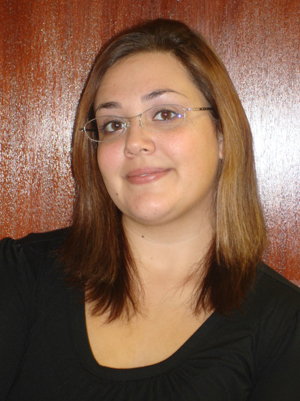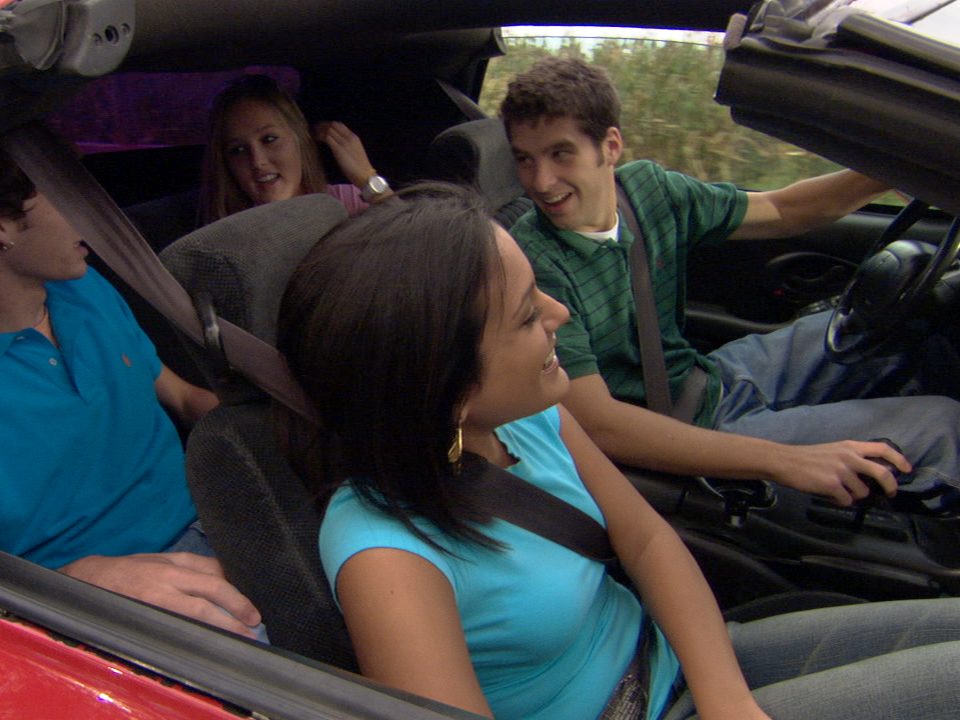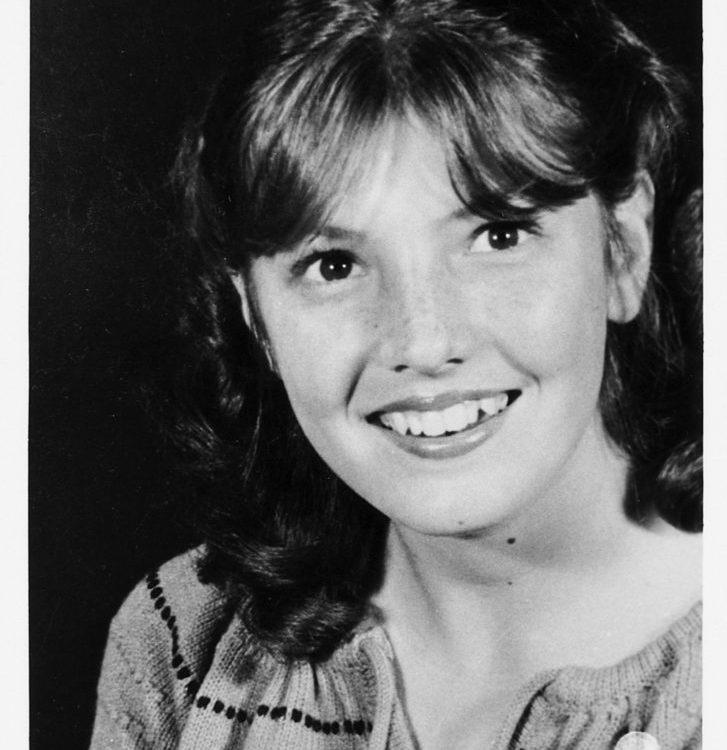- WE SAVE LIVES
- info@wesavelives.org
WE CARE ABOUT DRUGGED DRIVING
SHOULD THIS DRUNK DRIVER’S SENTENCE BE LESS BECAUSE HE CONFESSED TO A VIOLENT CRIME?
September 19, 2016WE RECOMMEND “DEAR MR. NELSON”
September 19, 2016WE CARE ABOUT DRUGGED DRIVING
Six years ago in January, Lori Carlson’s daughter, Hedaia Madi, and her unborn daughter, Madelynn Nichole, were killed in car crash caused by a drugged impaired driver in the state of Virginia. Hedaia was only 20 years old. She had everything to live for and instead of planning for a baby shower, her family was planning for a funeral. Her family still grieves.
 The driver was only charged with reckless driving. Even though he had a host of prior drug possession convictions, tested positive for marijuana (and had more in his possession) and had a prior arrest for dealing, he was back out on the streets in no time. That is because Virginia does not have a zero per se law for all drugs.
The driver was only charged with reckless driving. Even though he had a host of prior drug possession convictions, tested positive for marijuana (and had more in his possession) and had a prior arrest for dealing, he was back out on the streets in no time. That is because Virginia does not have a zero per se law for all drugs.
When my daughter was killed by a drunk driver, in 1980, I founded MADD, Mothers Against Drunk Driving. Working with scores of unwilling victims, survivors and volunteers we changed the nation’s attitudes about drunk driving and saved lives. According to Jim Fell, an internationally recognized researcher with the Pacific Institute of Research and Evaluation (PIRE), more than 600,000 lives have been saved since MADD started. The bad news is that while drunk driving has decreased, drugged driving has increased.
The National Highway Traffic Safety Administration’s Fatality Analysis Reporting System (FARS), a census of fatal motor vehicle traffic crashes, provides data on the presence of drugs among drivers. Of the 12,055 drivers with known test results in 2009, 33% were positive for drugs. Of course, for every person killed by a drugged driver, many more are injured. The Institute of Behavior and Health estimates 580,000 injuries are directly attributable to drugged driving each year. Unfortunately, we do a poor job identifying drugged drivers. Most departments do not test drivers who are above the illegal limit for drugs because they have limited resources. Even when people are killed, almost one-third of drivers involved in fatal crashes aren’t tested for drugs. This means that people aren’t worried about being caught or sanctioned for drugged driving or treated for their problems.
In my opinion, the public’s complacency and ignorance about the tragedy of drunk driving enabled this destructive and dangerous behavior to continue, contributing to the thousands of deaths occurring on our highways. It is my firm belief that we have become a nation of management by crisis. Wait until a crisis occurs, hundreds of thousands are killed, and the public reacts; only then do our politicians take notice. The same sense of urgency that propelled us to act on the crime of drunk driving must exist if we are going to solve the problem of the carnage of drugged driving. This problem affects all of us. According to the 2008 National Survey on Drug Use and Health, an estimated 10 million people reported driving under the influence of illicit drugs during the year prior to being surveyed. At any given moment, we share the road with an untold number of them.
Bodies are piling up; too many people have died. We need to do a better job identifying and dealing with drugged drivers. We must take action. Setting a zero-tolerance per se standard for is the first step. We must also require mandatory drug tests for drivers in serious and fatal crashes. Technology has made drug testing faster, less intrusive, and more reliable.
President Obama and Drug Czar Gil Kerlikowske have rightfully identified drugged driving as a national priority and a national consensus of police officers and prosecutors support the use of zero tolerance drugged driving laws. It is time we move beyond a nation of management by crisis and become a nation of prevention. Thousands of innocent victims, like my friend Lori’s pregnant daughter, have been killed and hundreds of thousands more have been injured. We need to regain our sense of urgency and say, “Enough!” We have the means to solve this problem and our most important mission is to save thousands of people that will die or be injured tomorrow.



